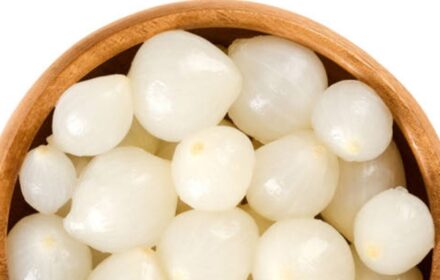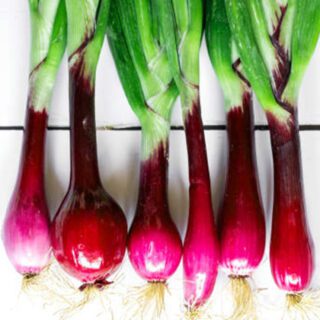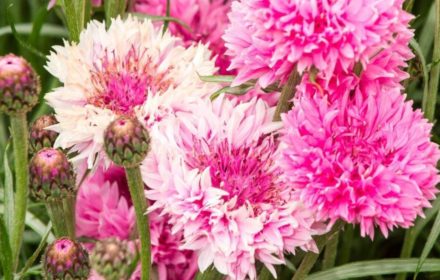How to Sow Winter Brussels Sprout Seeds in the UK
Known by its traditional name Evesham Special, winter Brussels sprouts are a classic favourite on UK dinner tables, especially during the festive season. This reliable variety produces an abundance of medium to large-sized sprouts on sturdy plants that grow up to 60 cm tall. Perfect for greenhouses, gardens, and allotments, winter Brussels sprouts are a satisfying crop for UK gardeners seeking a hardy, cold-resistant vegetable.
When to Sow Winter Brussels Sprout Seeds
- Indoor Sowing: Start seeds indoors from February to April for an earlier harvest.
- Outdoor Sowing: Sow seeds outdoors from late spring to late summer (May to July) once the soil has warmed and the risk of frost has passed.
Step-by-Step Guide to Sowing Winter Brussels Sprout Seeds Indoors
- Prepare Containers: Use seed trays or pots filled with fine-grade, well-draining compost.
- Sowing the Seeds: Sow seeds approximately 1/8 inch (3 mm) deep and cover lightly with compost. Press gently to ensure good contact.
- Germination Conditions: Place containers in a warm location with a consistent temperature of at least 15°C (59°F). Germination typically occurs within 7-14 days.
- Watering: Keep the compost moist but not waterlogged throughout the germination period.
- Thinning: Once seedlings reach 2 inches tall, thin them to at least 3 inches apart to reduce competition.
- Transplanting: After a few weeks of growth, transplant seedlings to individual pots and continue growing indoors until they are strong enough for outdoor planting. Harden them off for 7-10 days before transferring them outside.
Step-by-Step Guide to Sowing Winter Brussels Sprout Seeds Outdoors
- Soil Preparation: Choose a sunny or partially shaded spot with well-drained soil. Dig the soil deeply and enrich it with well-rotted compost or manure to improve fertility.
- Sowing the Seeds: Sow seeds directly into the soil at a depth of 1/8 inch (3 mm) in rows spaced 18 inches apart.
- Watering: Lightly water the rows after sowing and maintain consistent soil moisture to encourage germination.
- Thinning: Thin seedlings to a spacing of 6 inches apart once they appear. When seedlings grow to a height of 4-6 inches, thin them further or transplant them to their final positions, spaced 24 inches apart.
Caring for Winter Brussels Sprout Plants
- Watering: Water regularly to keep the soil moist, especially during dry spells. Avoid waterlogging, which can cause root rot.
- Fertilising: Feed plants with a nitrogen-rich fertiliser every 4-6 weeks to promote leafy growth and sprout production.
- Weeding: Keep the area weed-free to reduce competition for nutrients and water. Mulching around the base of plants can help suppress weeds and retain soil moisture.
- Staking: Support taller plants with stakes to prevent them from toppling over in strong winds.
- Pest Management: Protect plants from cabbage white butterflies, slugs, and aphids by using netting, organic deterrents, or companion planting with marigolds or nasturtiums.
Harvesting Winter Brussels Sprouts
- When to Harvest: Sprouts are ready to harvest about 120 days after sowing, typically from late autumn to early winter. Pick the sprouts when they are firm and approximately 1-1.5 inches in diameter.
- How to Harvest: Start from the bottom of the stalk and work upwards, twisting or cutting sprouts off as needed.
- Post-Harvest Care: Leave the top leaves of the plant intact for continued photosynthesis, as the plant may continue to produce sprouts for several weeks.
Common Questions About Growing Winter Brussels Sprouts in the UK
- Can I grow Brussels sprouts in containers? Yes, Brussels sprouts can be grown in large, deep containers. Use nutrient-rich compost and ensure good drainage.
- How do I prevent my sprouts from becoming bitter? Bitter sprouts are often caused by heat stress. Plant in cooler months and ensure consistent watering to maintain optimal growth.
- What should I do if my plants bolt? Bolting occurs when plants flower prematurely, often due to temperature fluctuations. Remove flowering stems promptly and ensure steady soil moisture to minimise bolting risks.
- Are Brussels sprouts frost-tolerant? Yes, winter Brussels sprouts are highly frost-tolerant and can remain in the ground through the winter, improving their sweetness with exposure to cold temperatures.
Winter Brussels sprouts are a rewarding and resilient crop for UK gardeners. By following these sowing and care tips, you can enjoy a bountiful harvest of fresh, homegrown sprouts perfect for your seasonal meals. With their rich flavour and versatility, they’re an essential addition to any winter vegetable garden!



















